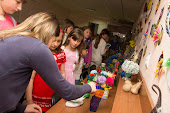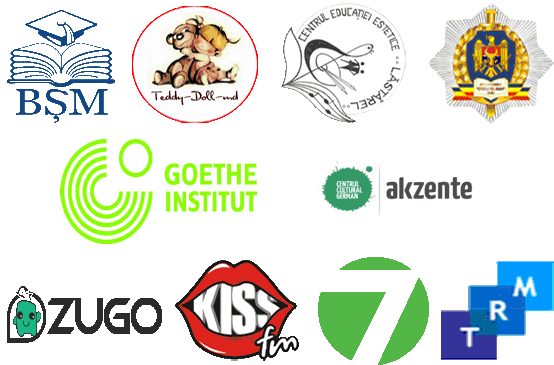International Museum Day 2015
This year the series of events dedicated to International Museum Day took place on May 16, under the theme „Museums for a sustainable society"
THE PROGRAM INCLUDED:
Visiting the museum exhibitions
Venue: exhibition rooms, between 11:00 and 17:00
Mini-exhibition "Voltaire's works in the collection of Koch from the Scientific Library of the State University of Medicine and Pharmacy named after Nicolae Testemitanu (Chisinau)"
Venue: medieval history compartment of the permanent exhibition, from 11:00 to 17:00
Musical compositions for accordion and guitar played by artistic groups of the Aesthetic Education Center "Lăstărel"
Venue: the museum courtyard, from 11:00 to 11:30
Workshop "
Let's take care of the future". Within this creative action dedicated to the IMD theme, young audience will be informed about the importance of environmental protection and invited to manufacture different objects using packaging waste.
Venue: the educational workshop, from
11:00 to 16:00 Workshop on archeology and paleoanthropology "What the earth tells us"
The workshop will be located in a specially equipped place, representing a copy of an archaeological excavation. Visitors under the guidance of archaeologists and anthropologists will be involved in "deciphering" of human activities of the past by analyzing the artifacts: pottery, tools, bones, and so on.
Venue: the museum courtyard, from 11:00 to 20:00
Hand-made dolls workshop organized by „Teddy-Doll-md"
Venue: hall of the ground floor, from 11:00 to 17:00
Entertainment program for children: games, contests, music and dance. With the participation of artistic groups of the Aesthetic Education Center "Lăstărel"
Venue: the museum courtyard, 12:00-12:50, 16:00-17:00
Presentation of the catalogue "Theotokos icons of the 17th-20th centuries from the collection of the National Museum of History of Moldova" by Adelaida Chiroșca
Venue: room no. 2 on the ground floor, at 13:00
Opening of the exhibition of icons from the museum collection "Inextinguishable Candle of Faith"
Venue: room no. 2 on the ground floor, at 13:30
"Tale of a barrel organ": PowerPoint presentation by composer Adrian Oswalt (Germany)
Venue: Blue Room, from 14:00 to 15:20
"A history on two wheels": a motorcycle exhibition
Venue: the museum courtyard, from 14:00 to 18:00
Presentation stand of the Stephen the Great Academy of the Ministry of Internal Affairs, interactive activities for enthusiasts of military history and traditions
Venue: the museum courtyard, from 14:00 to 20:00.




























































